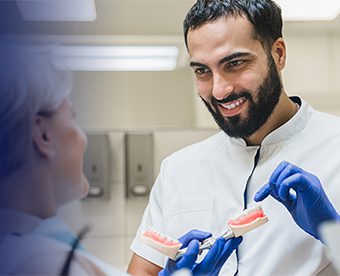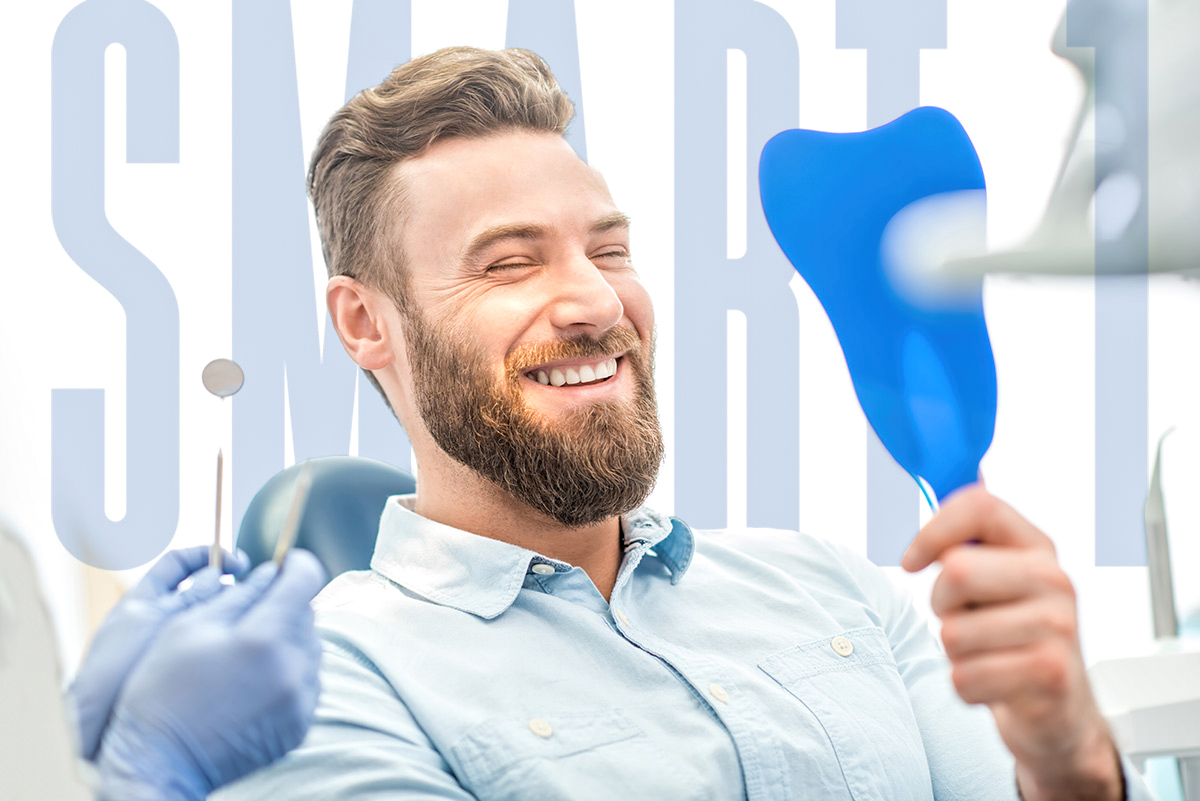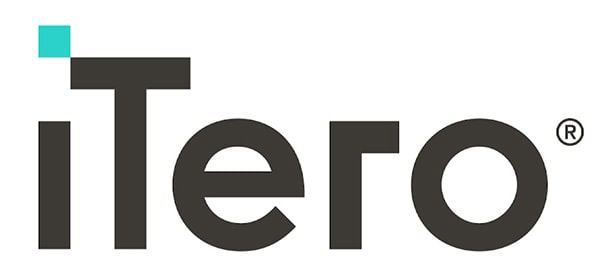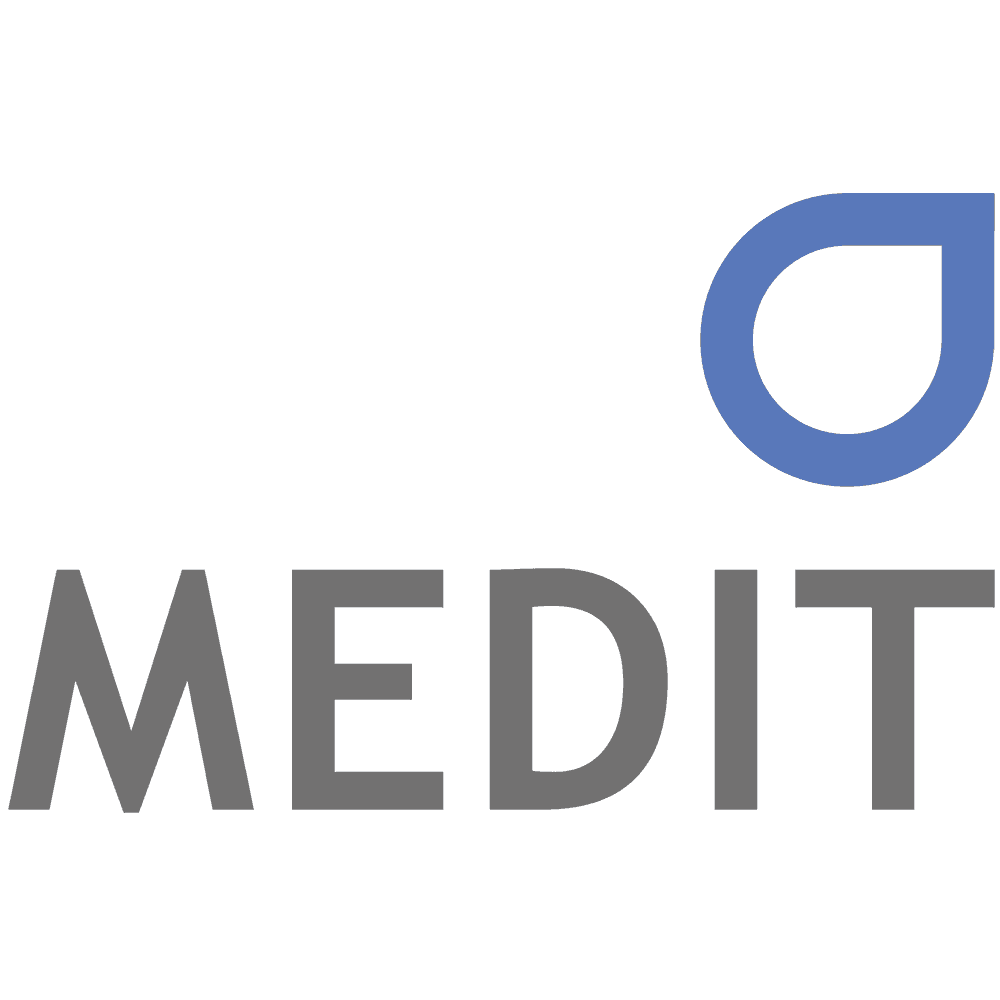Digital Workflow Is Here
There is no question that digital workflow is here and will continue to be the future of dentistry. Developers are on a continuous path to innovate, improve, and push for better and better digital systems and pathways. Burbank Dental Lab has been an early adopter of digital workflows and is committed to investing in the most advanced systems in the industry. As a dental lab that has handled thousands of digital files, we have a unique insight into how dentists can significantly improve their usage of their intraoral scanner to ensure predictable restorations.
The dental industry widely accepts digital advancements because it offers the field amazing benefits for both the lab and the clinician. Intraoral scanners provide exceptional accuracy and expertly improves the workflow within the doctor's office as well as the workflow in the laboratory.
Digital impressions provide the following benefits:
- Immediate connection with the lab
- Significantly reduces overhead
- No need for impression materials
- Chair-time saved due to quicker impression capture
- Accuracy of the restorations shortens seat times
- Improved experience for patients regarding dental impressions
- Dental practice has an enhanced image with advanced technology
Immediate connection with the lab
Significantly reduces overhead
No need for impression materials
Chair-time saved due to quicker impression capture
Accuracy of the restorations shortens seat time
Improved experience for patients regarding dental impressions
Dental practice has an enhanced image with advanced technology
However, digital impressions only offer these benefits if the initial scan is accurate. The same factors that affect the accuracy of traditional impressions will affect the accuracy of digital scans. Remember, the lab can only fabricate a restoration from the information that it receives. Therefore, the preparation must be correct for the desired material choice, and proper handling of margins and gum tissue is still paramount to an adequate scan. Also, while intraoral scanning's benefits are considerable and should be a technology that dentists adopt in the dental office, there is a learning curve. This technology requires practice.
REQUEST YOUR FREE IMPLANT SUCCESS GUIDE BELOW
Success Guides
Digital Workflow Tips for Better Scans
- First, to complete any digital case, the lab must have three scans:
- The prepared tooth
- The opposing
- The buccal in maximum intercuspation (the bite) - It is imperative to manage the margins properly. If the moisture and soft tissue are not adequately maintained, the scan will be incorrect, and the case will fail. The scanner can provide an exact image, but you must be able to see the sub-marginal line clearly to give an adequate scan. In cases where the margin is subgingival, the tissue must be retracted to reveal a clear margin.
- Make sure to slow the scan process and stay on each area long enough to capture the necessary anatomy. Failure to do this can cause holes or excess material in the scan. Check the scan before sending it to the lab.
- Missing gingiva is a common problem but can be avoided by adequately rotating the scanner to capture at least 4-5mm of the patient's gingiva.
One of the significant advantages of digital impressions is that the scans can be sent over to the lab and discussed in real-time. The ability to discuss the case immediately is especially important for clinicians who are just beginning digital scans. If there is anything wrong with the scan, it is possible to have a consult with a Burbank Dental Lab digital technician to see whether the scan is good or if it needs a rescan.
Digital Workflow Tips for Scanning Implants
Implant dentistry is one of the fastest-growing sectors in dentistry. More and more dentists are perfecting their part in digital scans, and this is moving them to expand their scans to dental implant cases as well. With the introduction of scan bodies in 2010, using intraoral scanning for implant cases is more efficient, and the results are reliable. Of course, Burbank Dental Lab has been using digital processes to fabricate implant cases from when the technology first became available, making Burbank leaders in this area.
Best practices when deciding to go digital for implant restorations are:
- Start with small single unit cases and stay away from large multi-unit cases.
- Call to discuss the use of scan bodies. The type of scan body used will affect the price, restorative options, and turnaround time.
- Use the three scan method to create a virtual replication with the correct articulation.
- Tissue scan
- Scan Body
- Antagonist
- Check the scan body regularly to ensure it is in good condition.
Of course, with an aging population, the number of edentulous or partially edentulous patients continues to rise. With restorative options available such as implant-supported fixed prosthesis, the need to manage larger, more difficult implant cases increases. In multi-unit implant cases, the more implants involved in the case, the more likely the precision of the impression will decrease. This issue is due largely to the accuracy limitations of intraoral scanners in large implant cases.
Burbank Dental Lab is a strong supporter of the advantages of complete digital workflows. We have encountered the downside of these types of cases, which has only created strong research on our part to overcome the multi-unit scan issue.
This problem has led Burbank Dental Lab to invest in the groundbreaking technology of IMetric4d’s ICam4d extraoral scanner. For these types of cases, a Burbank Dental Lab implant scan specialist will make a trip to the dental office on the day of implant placement, and take a special photogrammetric scan with the ICam4d using special scan bodies (ICambodies) to capture the exact position of the implants within an accuracy of 10 to 15 microns. The clinician then scans the soft tissue, and the two scans are aligned, resulting in a high precision dental model that is identical to the patient's mouth. Now, a fixed prosthesis can be manufactured from this precise scan ensuring a passive fit. Currently, Burbank Dental Lab offers this service within the following area codes:
Intraoral Scanners Used by Burbank Dental Lab
When it comes to scanning Implants, Burbank Dental Lab's extensive knowledge of digital dentistry is a tremendous asset to our clients. It allows our team to assist with dentists who are just beginning Intraoral scanning and will enable us to help support those who have been scanning for a while. Burbank Dental Lab can accept scans from any system, including the following:
For any system not mentioned above, Burbank Dental Lab can receive any STL file, which a dental office can send to our digital experts at cdigital@atcmilling.com or by completing the form below.
Burbank Dental Lab is wholly invested in digital dentistry and has taken every measure to ensure support for clinicians using any scanning method.
The digital team at Burbank Dental Lab is not only committed to the fabrication of high-quality dental restorations, but we are also committed to providing expert guidance to our clients. Whether you are considering a digital workflow, just starting or are a seasoned user, Burbank Dental Lab can provide unparalleled support. We invite you to call today and speak to our digital support team to see how Burbank Dental Lab can be an integral part of your dental practice.

















